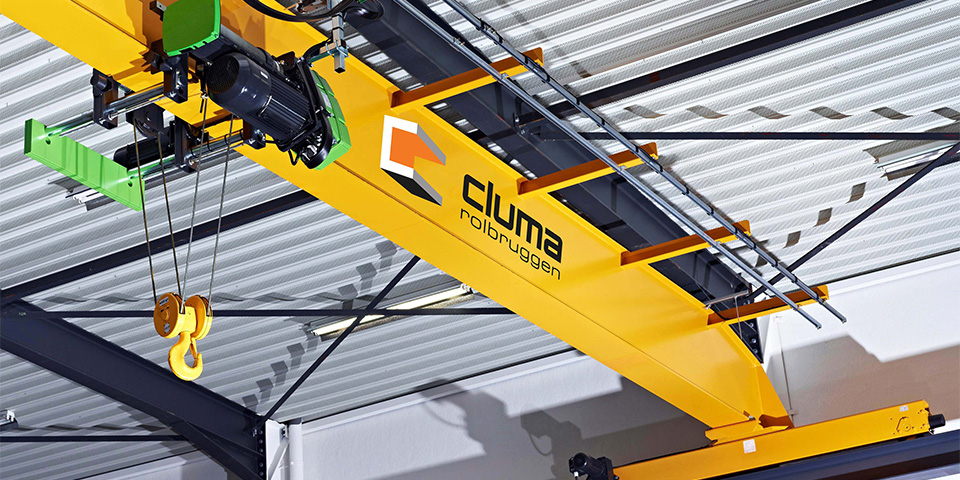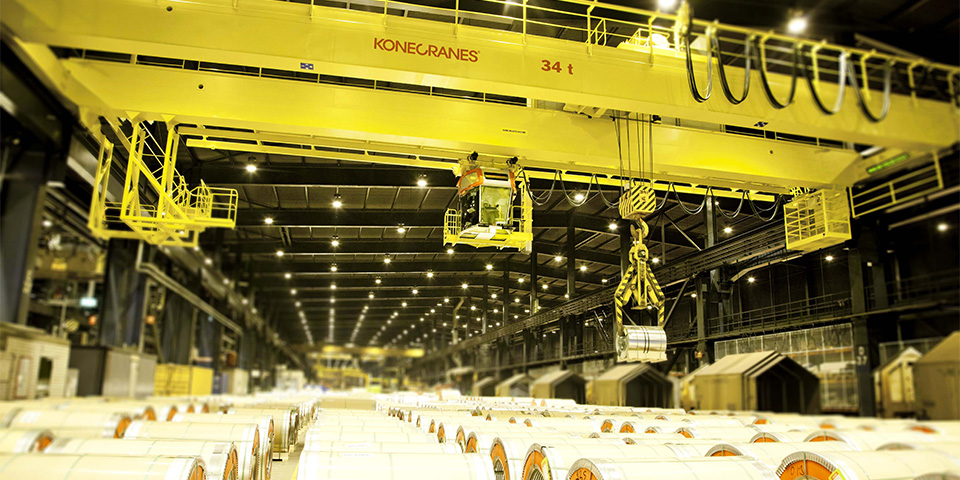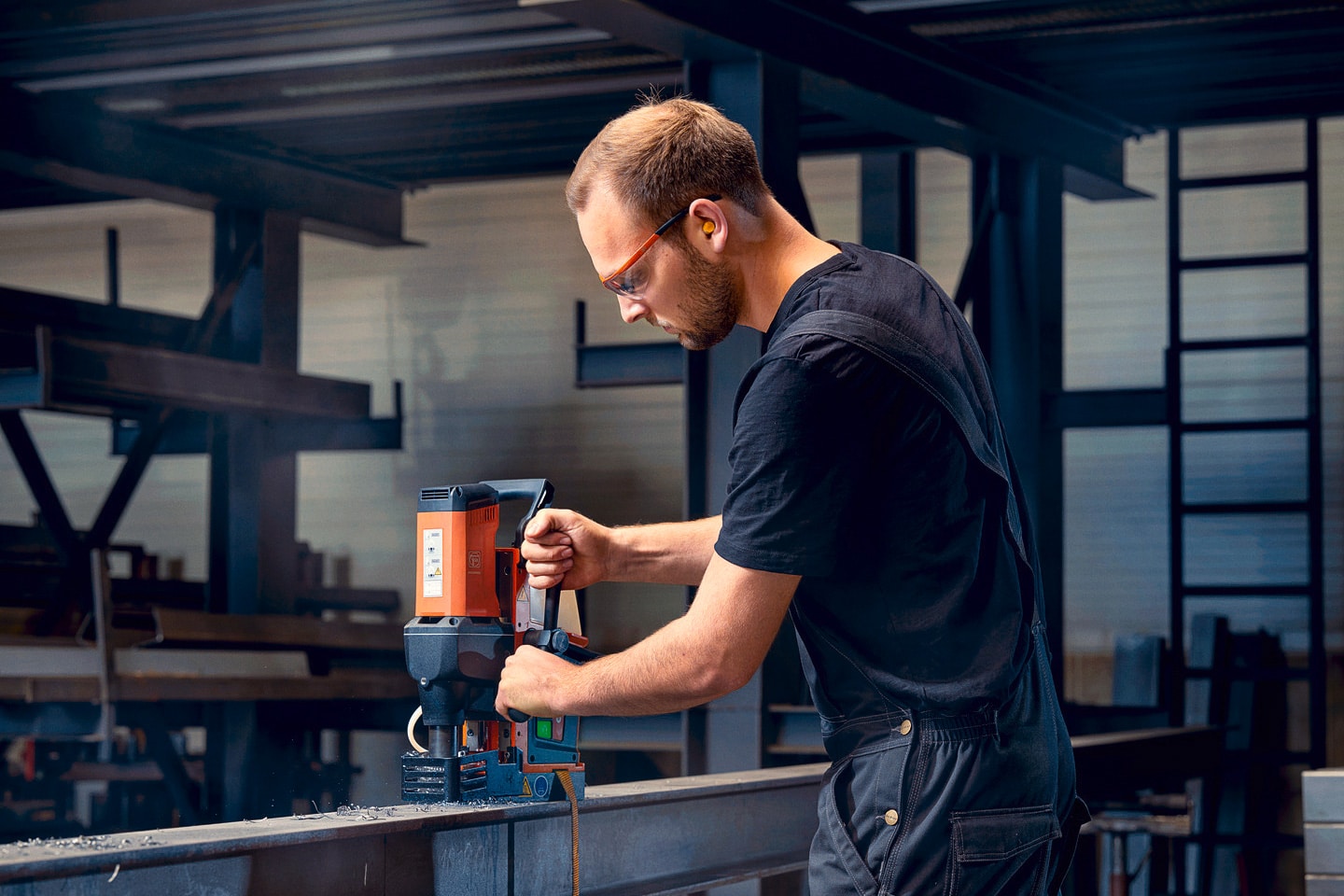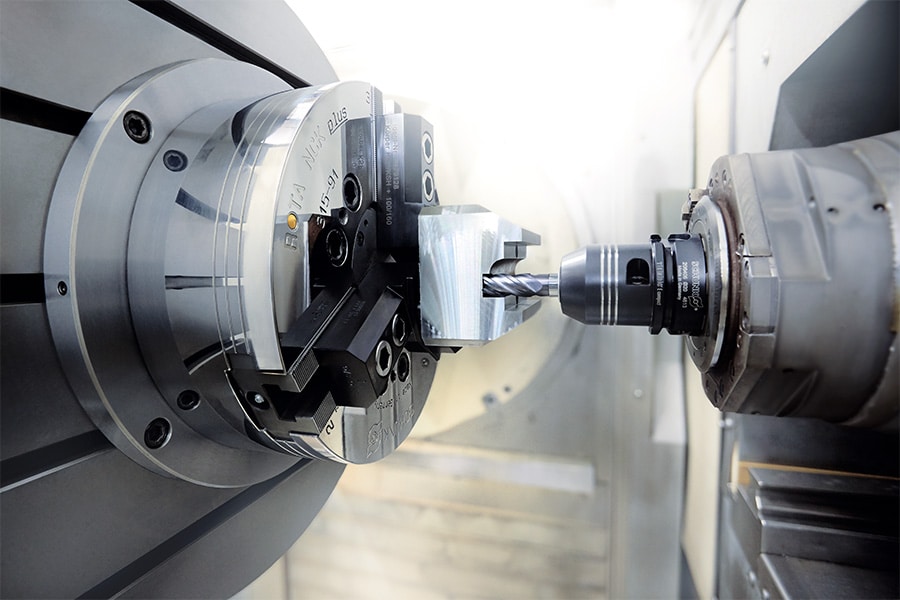
Intelligent overhead cranes increase your efficiency
Escalators are the tool of choice for lifting heavy loads in your production process. They have proven themselves for decades as a loyal collaborator for loading and unloading, among other things. In recent years, developments have mainly focused on integrating smart options into control technology to improve safety and increase productivity thanks to smooth, controlled movements.
In recent years, overhead cranes have emerged as indispensable and reliable tools in a workshop to move heavy loads. The advance began in the 1980s which means that most are now at the end of their economic life. For those who have spent years carefully handling maintenance requirements, a repair or retrofit will certainly be among the options. But there is also something to be said for installing a new overhead crane. After all, technology has not stood still. In recent years, the integration of more intelligence has been central to the further development of controls. The result is a host of 'smart features' that can be of added value in your production process. They allow the overhead crane operator to do his job faster and safer, so the extra cost can be recovered quickly. We present some of them to you.

Also, controlling the speed of the overhead crane is already done a lot more sophisticated today.
Anti-pendulum technology
Loads can often still swing when they are on the hoist of the overhead crane. However, by controlling the acceleration and deceleration of the crane and trolley, you can stop this swinging back and forth. The result? More precise positioning that will reduce the length of the loading cycle.
More accurate positioning
To control this positioning even better, a number of additional control functions are available. For example, start positions and target destinations can be programmed in advance. By pressing the button, the overhead crane navigates itself there. Hoisting can then also take place automatically up to the predetermined hoisting height. One can further accelerate the final positioning of the load at an XY coordinate. The overhead crane will then move the load to the center of a selected area. The operator then only needs to lower it manually.

In recent years, the integration of more intelligence has been central to the continued development of control.
Better speed control
Controlling the speed of the overhead crane is also already a lot more advanced today. On the one hand, one can set the creep speed. As soon as the overhead crane or hoist approaches its final position, it can reduce its speed to move with even greater accuracy. The operator can set the step size himself. On the other hand, there is microspeed. This means extremely slow movements for better control of the load. This can be applied to all movements. The operator's large joystick movements are then translated into slow, high-precision load movements. But it can also be faster if necessary. The speed range for lifting and lowering can be increased when the load is lighter than the maximum lifting capacity, allowing you to reduce load cycle and waiting times. A clear increase in efficiency.
Shock Prevention
Does your load sometimes jerk when picked up? This puts stress on both your equipment and your crane, which can lead to premature wear on mechanical parts (ropes, rope drum, geared motor ...) or on the steel structure. By monitoring the hoist drive with frequency control, the hoisting speed can be automatically reduced until the load is released. Thus, picking up loads can be much smoother.



